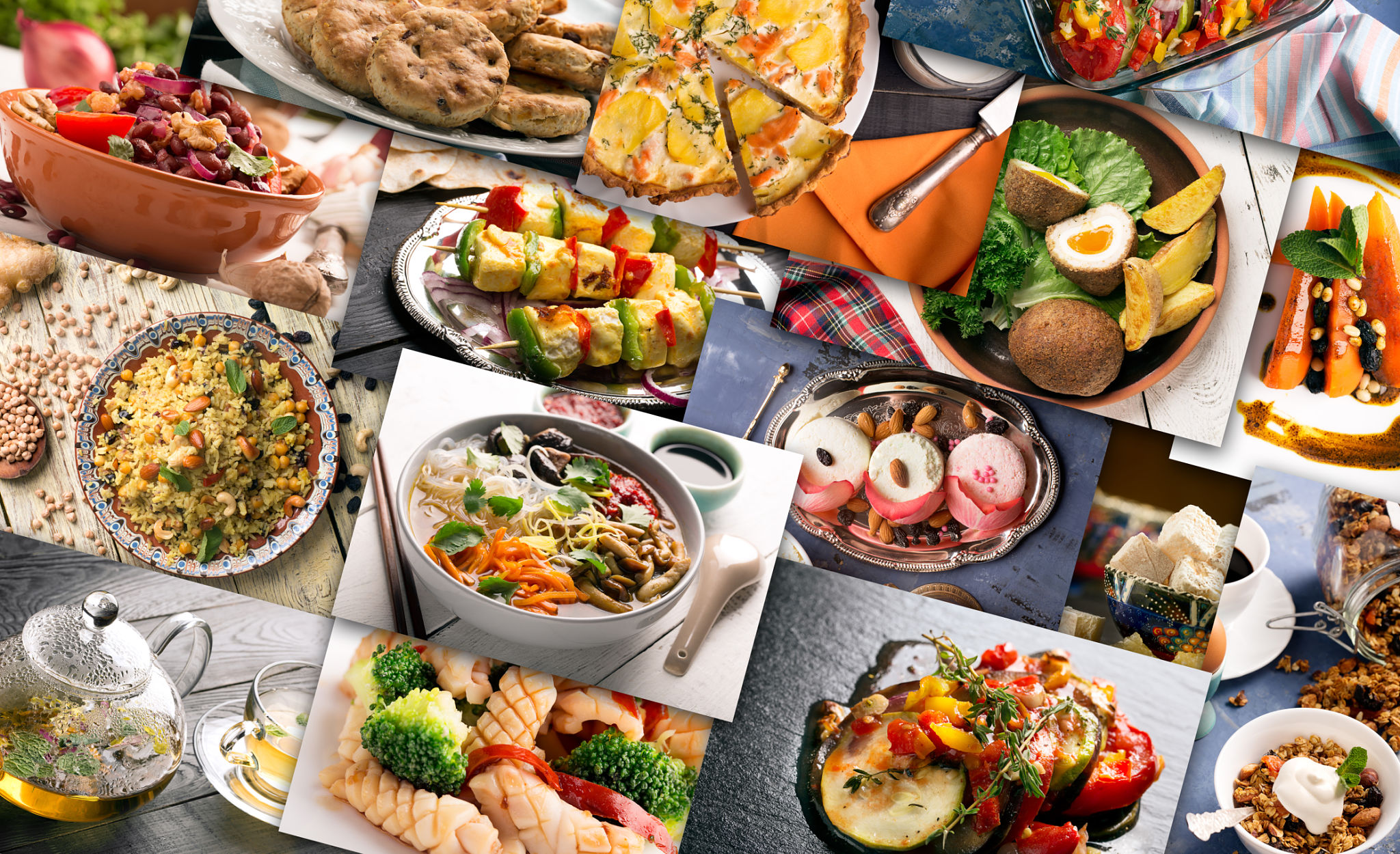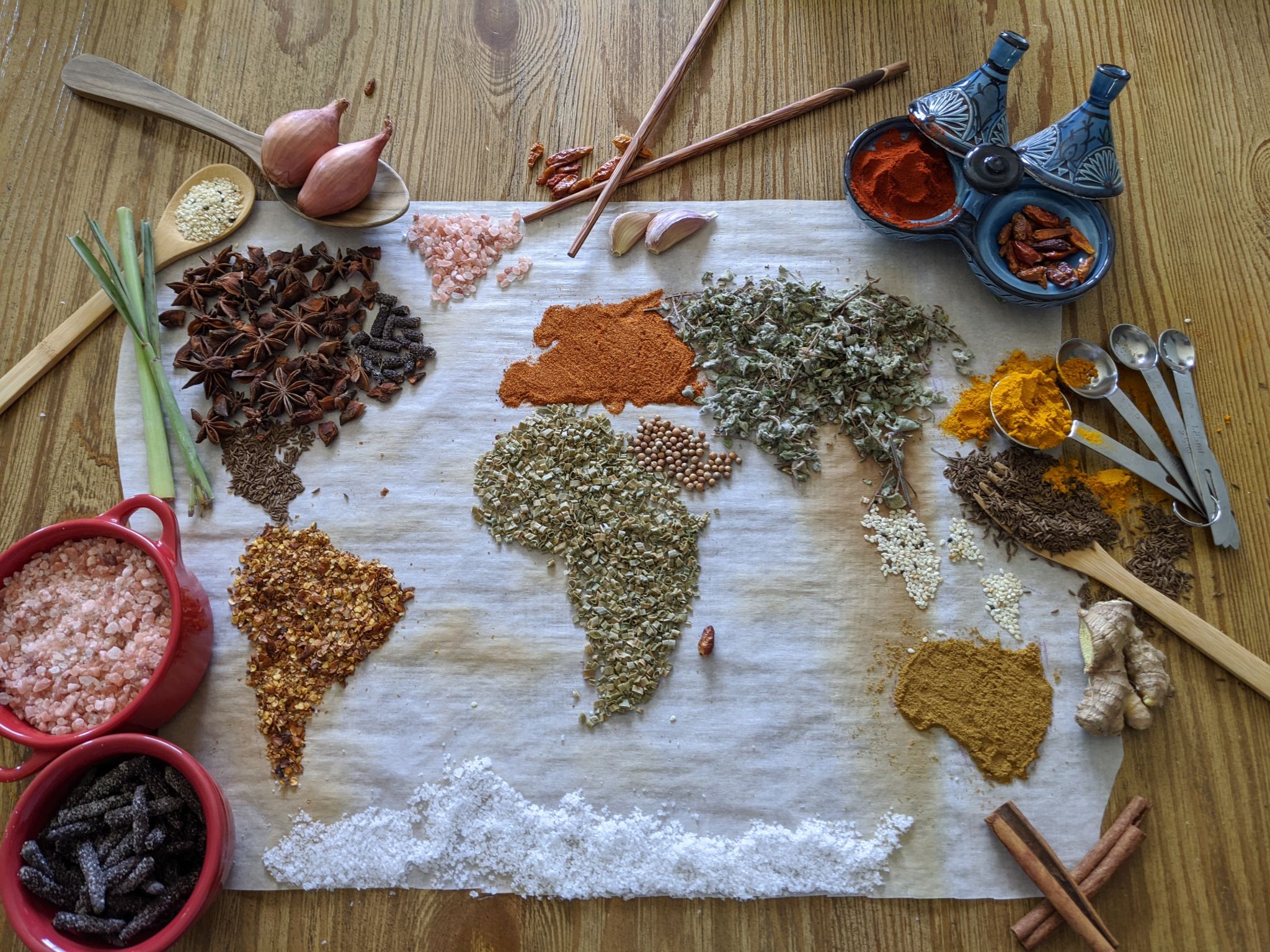Fusion Cuisine at Home: Blending Flavors from Around the World
Exploring Fusion Cuisine in Your Own Kitchen
Fusion cuisine is an exciting culinary trend that has been taking the food world by storm. By blending flavors, techniques, and ingredients from different cultures, fusion cuisine creates innovative and delicious dishes. The best part? You don't have to be a professional chef to experiment with fusion flavors at home. With a little creativity, you can transform your kitchen into a global culinary playground.

The Basics of Fusion Cuisine
At its core, fusion cuisine is about mixing and matching different culinary traditions to create something new. This could mean combining Italian and Japanese ingredients or melding Mexican spices with Thai techniques. The possibilities are endless, and the results can be both surprising and delightful.
To get started, focus on a few key principles:
- Balance: Ensure that the flavors complement each other rather than overpower one another.
- Experimentation: Don't be afraid to try out new combinations.
- Quality Ingredients: Use fresh, high-quality ingredients to enhance the overall flavor of your dish.
Simple Fusion Recipes to Try
If you're new to fusion cooking, start with simple recipes that combine familiar flavors in unexpected ways. Here are a few ideas to get you started:
- Taco Sushi Rolls: Combine the essence of Mexican tacos with the form of Japanese sushi by filling seaweed-wrapped rice with seasoned beef, avocado, and spicy salsa.
- Thai-Italian Pasta: Use linguine as a base and toss it with a creamy coconut milk-based sauce, flavored with lemongrass, ginger, and a hint of chili.
- Indian-Spiced Pizza: Top a traditional pizza crust with tandoori chicken, paneer cheese, and a drizzle of mint chutney for a spicy twist on a classic favorite.

Shopping Tips for Fusion Cooking
To successfully create fusion dishes at home, you'll need to stock your pantry with a variety of ingredients from different cuisines. Here's what to consider:
- Spices: Invest in a range of spices like cumin, turmeric, star anise, and smoked paprika to add depth to your dishes.
- Sauces: Soy sauce, hoisin sauce, harissa paste, and coconut milk can serve as great bases for many fusion recipes.
- Fresh Produce: Incorporate fresh herbs like cilantro, basil, and mint to brighten your dishes with an aromatic flair.
Cultural Appreciation through Cuisine
Fusion cuisine is not just about mixing ingredients; it's about appreciating the diverse culinary traditions that enrich our world. As you experiment with different flavor combinations, take the time to learn about the cultures behind the cuisines you're exploring. This understanding will deepen your appreciation for the dishes you create and help you develop more authentic fusion recipes.

By embracing the art of fusion cooking, you're not only expanding your culinary repertoire but also celebrating the rich tapestry of global flavors. So grab your apron, let your creativity run wild, and embark on a flavor-filled journey around the world—all from the comfort of your own kitchen.
